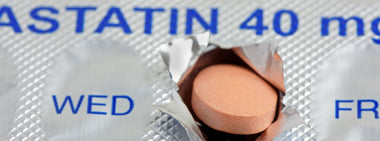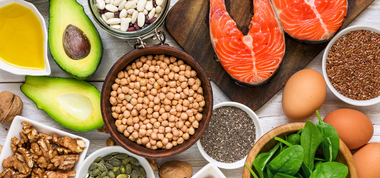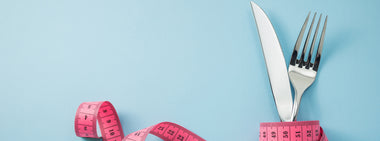Foods to Avoid if You Have High Blood Pressure
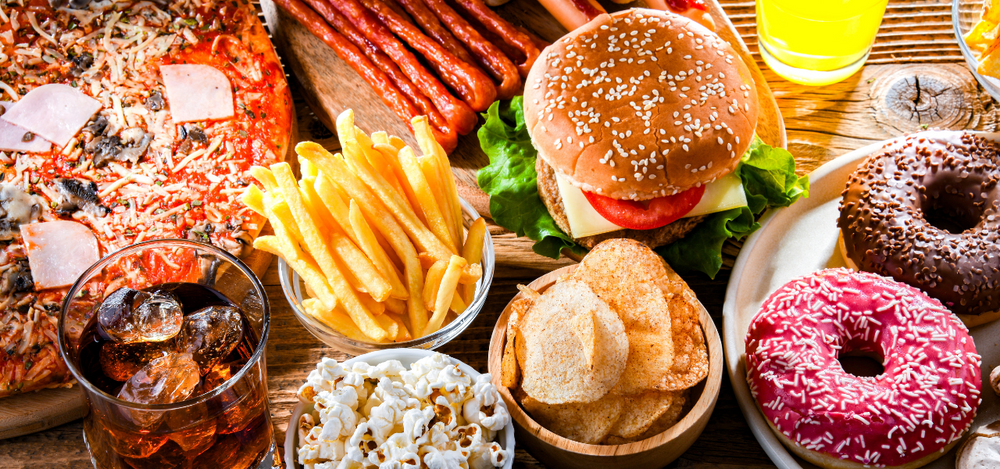
According to the Centers for Disease Control and Prevention (CDC), nearly half of all adults in the United States—approximately 116 million people—have hypertension (commonly referred to as high blood pressure). Hypertension is defined as a systolic blood pressure (top number) of 130 mm Hg or higher, a diastolic blood pressure (bottom number) of 80 mm Hg or higher, or already taking medication for hypertension.
Hypertension is a significant public health issue, contributing to numerous health complications such as heart disease, stroke, and kidney disease. However, the right lifestyle modifications can lower your numbers significantly or even eliminate hypertension altogether. This is especially true for dietary changes.
Managing high blood pressure
Managing hypertension often requires more than just medication. It typically involves lifestyle changes, and especially what you eat and drink. The foods you consume play a significant role in controlling your blood pressure levels. Here are key foods and drinks to avoid if you have high blood pressure, along with some dietary recommendations that can help you manage this condition effectively.
Salty Foods
Salt is a major culprit in elevating blood pressure. Sodium, a primary component of salt, causes the body to retain water, which increases blood volume and, consequently, blood pressure. The American Heart Association recommends limiting sodium intake to no more than 2,300 milligrams per day, with an ideal upper limit of 1,500 milligrams for most adults, especially those with hypertension. To put this in perspective, 2,300 milligrams of sodium is one teaspoon of salt. That’s not just restricted to what you ADD to food. The 2,300 mg includes any salt that’s in the food already!
Reading food labels becomes critical here and sodium content is a required component of every Nutrition Facts panel. And you may end up shocked at seeing how much sodium is in our food supply! An easy way to know if the sodium content of the food is excessive is to look at the calories per serving and the sodium content per serving (you can ignore the units). As the NFP assumes about a 2000 calorie intake per day, if the sodium content is way above the calorie content, you know this item puts you ahead on salt consumption for the day.
Salty foods to avoid include:
- Processed and Packaged Foods: Chips, crackers, and ready-to-eat meals often contain high levels of sodium for preservation and flavor.
- Canned Soups and Vegetables: These can be loaded with added salt. Opt for low-sodium versions when possible.
- Deli Meats and Bacon: These are often cured with salt, making them high in sodium content.
- Cheese: While delicious, many types of cheese are high in salt. Check labels and choose low-sodium options.
Alcohol
While moderate alcohol consumption might have some cardiovascular benefits, excessive drinking is harmful. Heavy drinking can raise blood pressure by several points and can reduce the effectiveness of blood pressure medications. The general recommendation is to limit alcohol intake to one drink per day for women and two drinks per day for men.
Please note that these upper limits are meant to address blood pressure. There is increasing, consistent evidence that ANY alcohol may be bad for us because it appears to be carcinogenic.
Highly Caffeinated Drinks
Although the long-term effects are still debated, caffeine can cause a short-term spike in blood pressure. For individuals with high blood pressure, it’s wise to monitor caffeine consumption and see how it affects your readings.
Caffeinated drinks to be cautious with include:
- Coffee: Limit to a maximum of three cups per day.
- Energy Drinks: These not only contain high caffeine levels but also other stimulants that can raise blood pressure.
- Certain Teas: Some teas, like black and green tea, contain caffeine. Opt for decaffeinated and herbal versions. Hibiscus tea, specifically, has been shown to help LOWER blood pressure.
Sugary and Fatty Foods
Added sugars in food contribute to weight gain, which is a risk factor for high blood pressure. Fatty foods, especially those high in saturated and trans fats, can lead to plaque buildup in arteries, worsening hypertension.
Unhealthy foods to avoid:
- Sugary Snacks and Desserts: Cakes, cookies, and pastries are not only high in sugar but also in unhealthy fats. Note that many of these items require leavening agents (like baking soda and baking powder) in their recipies. These compounds are sodium rich, making bread, pastries and cakes/cookies one of the leading sources of sodium in our diets.
- Fried Foods: These are often cooked in oils containing unhealthy fats.
- Fast Food: Fast food is typically high in both sugar and unhealthy fats. AND salt!
Foods to ADD to Your Diet to Help Lower Blood Pressure
Instead of focusing solely on what to avoid, it's often easier to simply concentrate on incorporating beneficial foods into your diet. After all, there’s only so much room in our stomachs. And if your stomach is already full (or partially full) from eating low sodium, low fat, unprocessed foods, there’s simply less room for those other items.
Eating an apple before you have the slice of pizza, for example, might not make your sodium intake magically pristine. But even if you just leave the crust because the apple is taking up some room in your stomach, the overall sodium intake has gone down. And that’s a WIN!
The Dietary Approaches to Stop Hypertension (DASH) diet emphasizes the importance of fruits, vegetables, whole grains, and low-fat dairy products in managing high blood pressure. In fact, data shows that people who add fruits and vegetables (all zero sodium items) into their diets, while reducing sodium intake in general (which - DUH - happens at the same time – again - we only have so much room in our stomachs) can see blood pressure reductions equivalent to that attained with a drug!
But it’s not just sodium that’s at play here. Fiber, potassium and healthy fats help as well. Not to mention that increasing intake of unprocessed plant-based foods has a multitude of benefits including helping lower cholesterol, improve blood sugar control, assist weight management and even help prevent cancer and dementia! You simply can’t lose here - even if you don’t see dramatic blood pressure reductions.
Fruits and Vegetables
These are rich in vitamins, minerals, and fiber, and low in calories. They help in reducing blood pressure by providing essential nutrients like potassium, which counteracts the effects of sodium.
- Leafy Greens: Spinach, kale, and other greens are high in potassium.
- Berries: Blueberries, strawberries, and raspberries are rich in antioxidants and can help reduce blood pressure.
- Beets (love them or hate them) contain vasodilating molecules and have also been shown to lower blood pressure.
Whole Grains
Whole grains provide fiber, one of the key ingredients in Step One Foods, and other nutrients that help regulate blood pressure.
- Oats: A great source of soluble fiber.
- Brown Rice: A healthier alternative to white rice.
Nuts, Seeds, and Legumes
Nuts, Seeds, and Legumes provide healthy fats, protein, and fiber.
- Almonds: Rich in healthy fats and magnesium.
- Flaxseeds: High in omega-3 fatty acids.
- Step One Foods: Every serving of Step One Foods is packed with whole food fiber, plant sterols, antioxidants, and omega-3 fatty acids.
- Lentils: A good source of protein and fiber.
By focusing on these dietary adjustments, you can manage your high blood pressure more effectively and reduce your reliance on medications. Frankly, regardless of the health issue in question, adding nutrient-dense, healthy foods into our diets is never the wrong course to take.
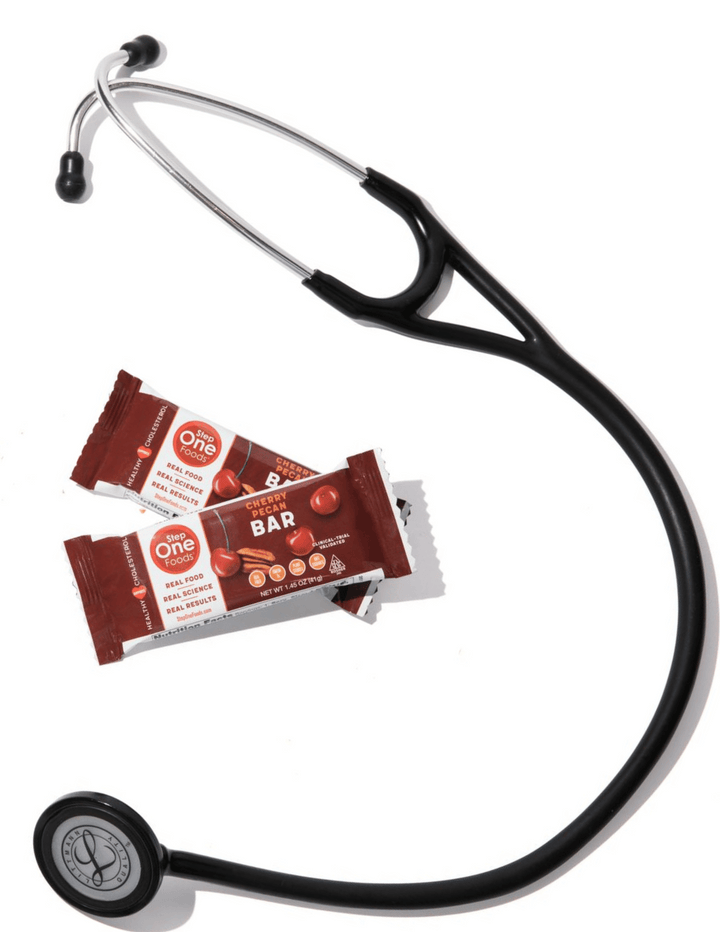
Tested & Proven Results.
- Cardiologist formulated
- Supported by over 500 publications
- Clinically-proven, in a double-blind randomized trial with Mayo Clinic and The University of Manitoba
80% of participants lowered their cholesterol in just 30 days. With just two servings per day, Step One Foods offers a proven-effective way to naturally lower LDL (bad) cholesterol.
Get heart health tips and articles like this, delivered right to your email.
New articles every week.
You may also like...
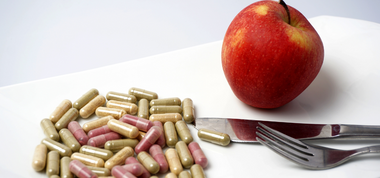
Supplements for cholesterol lowering? Not so fast.
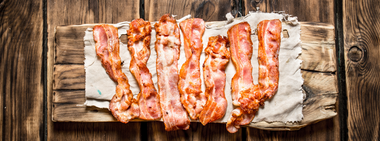
You don’t need to avoid foods with cholesterol…except for these
